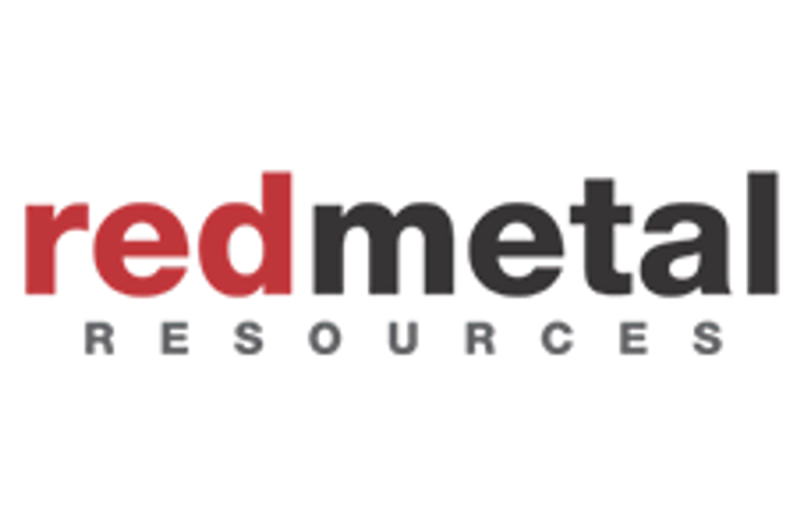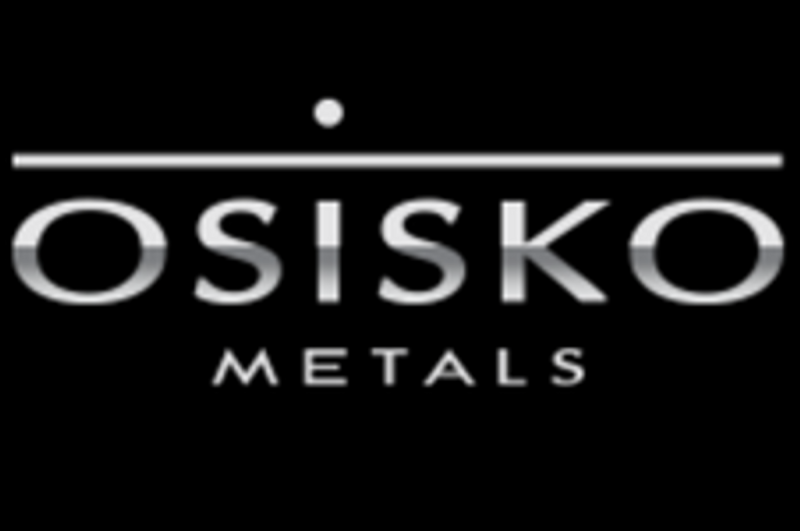Cobalt market watchers are warning that a near-term resurgence in prices and demand may not occur.
Cobalt prices have spent most of 2024 on the decline, falling to lows not seen since 2016. Values for the electric vehicle (EV) battery metal have fallen 74 percent from highs set in 2022 (US$81,969.70 per metric ton).
Prices are now sitting at the US$23,383.80 per metric ton level, an eight year low.
The primary factor weighing on cobalt prices is softening demand from the battery sector.
Cobalt usage has declined as the industry shifts away from previously popular nickel-manganese-cobalt (NMC) batteries and toward lithium-iron-phosphate (LFP) batteries, which don’t require any cobalt.
The issue has been further compounded by robust mining output from producers.
While some cobalt market segments may fare better than others, overall the sector’s contraction is seen continuing.
“Cobalt hydroxide, a key raw material for cobalt sulfate and a byproduct of copper production, may experience temporary support from higher miner offers during Q4 term contract negotiations, though consistent oversupply driven by elevated copper prices in 2024 is likely to limit price gains,” reads a report from S&P Global Commodity Insights.
LFP batteries dominate as cobalt-rich chemistries decline
According to S&P Global, during the third quarter, the market share for NMC batteries stood at 24.6 percent, while competing chemistry LFP dominated with a 75.2 percent share of the market.
Unlike platinum and palladium, where substitution is relatively common as prices fluctuate, the firm believes the focus on cobalt-free battery chemistries will likely prevail. That’s because they “are preferred for their safety, longer lifespan, and lower costs, and have gained traction, especially in China, in recent years.”
Rising plug-in hybrid electric vehicle (PHEV) production and sales are also causing shifts in demand, as PHEVs require smaller batteries than fully battery electric vehicles.
Now industry participants are starting to realize the sobering reality that cobalt may be phased out completely.
This possibility has been affirmed in correspondence between Bloomberg and China’s CMOC (OTC Pink:CMCLF,SHA:603993), the world’s largest cobalt-mining company.
“We predict that EV batteries will never return to the era that relies on cobalt,” said Zhou Xing, a spokesperson for CMOC. “Cobalt is far less important than imagined.”
Other segments supporting cobalt demand
Despite its shrinking market share in the auto sector, cobalt demand from the consumer electronics segment remains steady, largely driven by lithium-cobalt-oxide batteries that are approximately 55 percent cobalt.
Citing data from China’s Ministry of Industry and Information Technology and China Customs, S&P Global notes that in July and August, China’s mobile phone production rose 9.3 percent year-on-year, while exports grew 4.8 percent.
Cobalt demand will also be propped up by its use in superalloys, a niche that is expected to quadruple its cobalt demand by 2050, reaching 55,000 metric tons due to increased military, aerospace and satellite applications.
However, support from consumer electronics and superalloys likely won’t be enough to absorb current oversupply.
“The cobalt market is currently expected to be in surplus through 2028, with the surplus peaking at 27,000 metric tons in 2024 and gradually decreasing to 3,000 metric tons by 2028,’ said Alice Yu, principal analyst at S&P Global.
Securities Disclosure: I, Georgia Williams, hold no direct investment interest in any company mentioned in this article.




